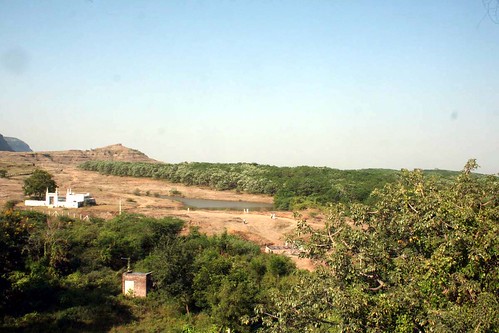More than half of the seven-billion world population is huddled on three per cent of the earth's land area. But as the recently published U.N. Population Fund (UNFPA) report cautions, this should not be taken to mean that the world can mindlessly absorb any number of people for years to come. Nor does it imply that its cities can expand without rethinking their current course. What emerges from the population figures is that there is an urgent need to plan human settlements proactively, using the available land wisely and ensuring that the future population is provided with better places to live in. In the next three decades, much of the population growth will occur in urban areas, and about five billion people will live in cities. Africa and Asia are set to double their urban population in the same period. If the business-as-usual approach continues, this growth is bound to be haphazard and lopsided, throwing up serious problems of population management. Smaller towns that have neither the resources nor the planning infrastructure are absorbing significant numbers of people. For instance, in India, of the 2,774 new urban centres that have emerged in the last decade, 2,532 are census towns or places without a statutory urban local body such as a municipality. This disconnect is an urgent reminder to policymakers that they must strengthen the capacities of smaller towns and enable them to handle the population surge better.
Large urban agglomerations pose a different problem. The number of people residing within the city core has come down because of expensive land prices, but the peripheries have expanded with low densities, consuming more land and forcing long commutes. Mumbai city, for instance, had a negative population growth rate of 5.75 per cent in the last decade, but Thane, its suburb, which is about 40 km away, recorded 36 per cent growth. Such a sprawl means a huge loss of agricultural land, and it pushes the perimeter of urban consumption far beyond its immediate region. If this pattern continues unchecked, the land required to support each person, currently estimated to be 2.7 hectares, will increase and result in an ‘ecological overshoot.' Harnessing the advantages of population growth and stemming the ‘degenerative peripheralisation' are challenging tasks. Recycling urban properties to enhance population densities and planning a balanced regional development could be a way forward. A vital issue of concern is planning for the poor. Studies have shown that a large part of future urban growth will comprise poor people (UNFPA 2007). If the world has to remain slum-free and equitable, providing for the land needs of marginalised people should be a top priority.
